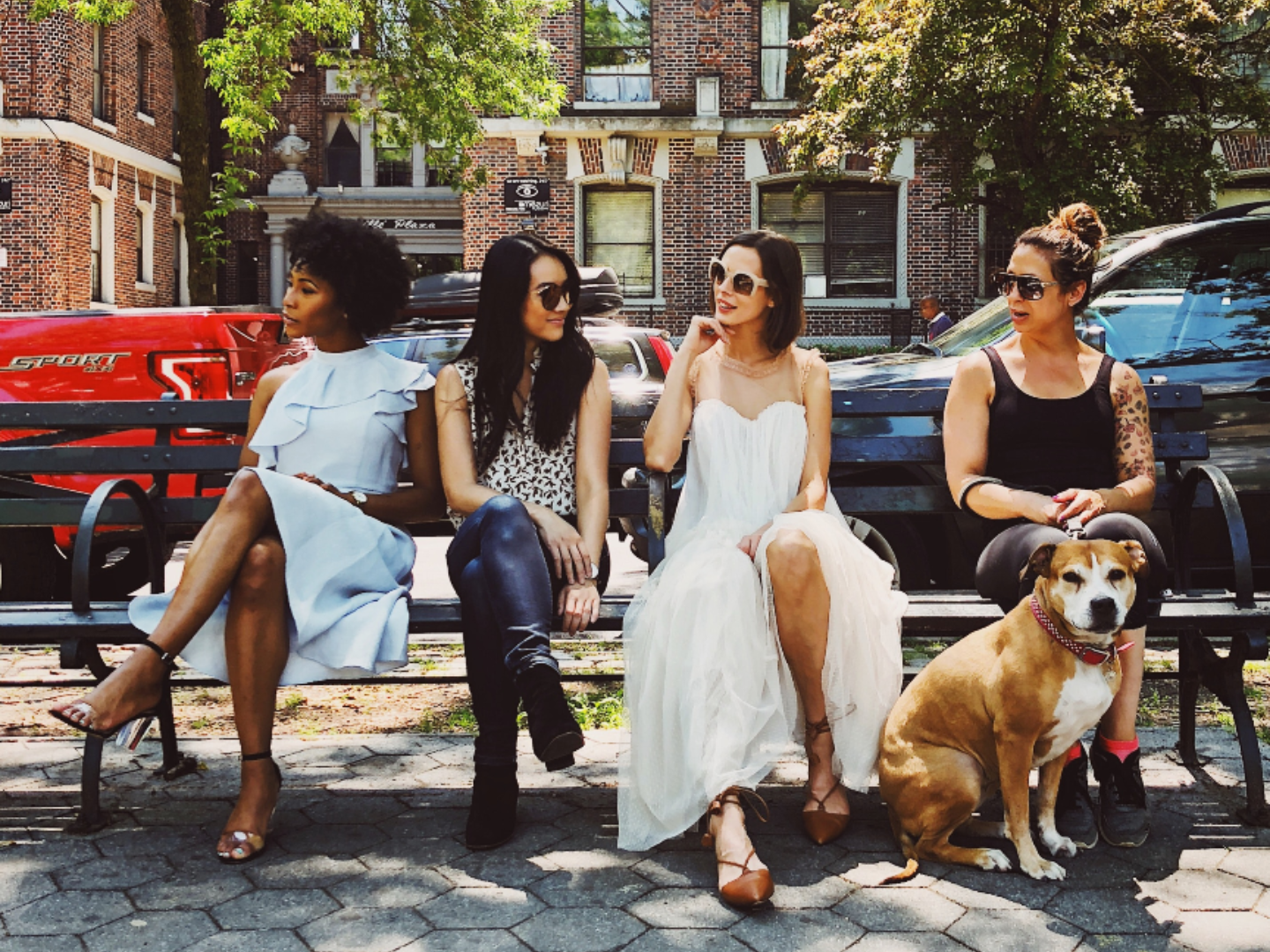
If your clients are targeting women, their ad strategy is probably all wrong. AARP conducted a survey of more than 6,600 women over the age of 18 in the U.S. to figure out how women feel about how brands are advertising to women today. It’s not good.
Advertising to Women: What We Can Do Better
General Feelings
When it comes to advertising to women successfully, you need to get in touch with their feelings. Overall, women feel as if they have a lot going against them in their day-to-day lives. According to AARP, many of the women surveyed said that they are treated with less respect because of their:
- Age
- Gender
- Race
- Weight
- Social class
- Other physical aspects
Throughout their lives, many have experienced hardships from businesses, including:
- Being treated unfairly by health care providers
- Mainly because of their age, gender, race or weight
- Receiving worse service from plumbers, mechanics, etc. than others
- Mainly because of their gender, age or race
- Being discouraged from continuing their education
- Mainly because of their gender, social class or age
- Being denied a bank loan unfairly
- Mainly because of their social class, age or race
So, if your client operates in one of these industries and is advertising to women, it’s a good idea for them to branch out with their advertising talent casting and messaging directions to show that these women’s experience with their brand or company will be different.
The Advertising Industry and Women
Women in many races are disappointed in how they feel portrayed when brands are advertising to them. According to AARP, the only groups of women who feel that they are more positively portrayed in advertisements than neutrally or not are white women and younger women. The groups who feel the most scorned are:
- Women of diverse body types
- Immigrant women
- Older women
- LGBTQ+ women
- Black women
AARP’s additional finding about advertising to women is a double-edged sword. The good news is that about 82% of women feel as if there has been a trend in the advertising industry that is leaning toward diversity and inclusion. The bad news is 76% of women believe the trend is only around so that companies can make themselves look good to consumers.
Building Trust in Advertising
So, how can your client begin to win the trust of 76% of women consuming advertisements? One way to improve your client’s attempts at advertising to women is to give them better representation.
For example, according to AARP, of the women who follow style influencers online, they follow women who are:
- About their age: 89%
- From their racial or ethnic group: 85%
Overall, they wish that there were more older, Black and/or plus-sized women among online style influencers. Translation: Women want to see women who look like them in advertisements!
How Can Your Client Know Who to Cast/Work With?
In order for your clients to master advertising to women, they need to know which demographics of women are consuming their ads. How can you find that out for them? With the help of AudienceSCAN on AdMall by SalesFuel.
AudienceSCAN can provide the demographic information your clients need to make sure their ads represent the women they’re advertising to. For example, did you know that Ulta Customers are primarily:
- Between the ages of 25 and 54
- In households with incomes of over $150,000
- Suburbanites
- Women with no children
That information, combined with AARP’s research, can help your client know who to target with their next ads. And, an added bonus, AudienceSCAN also provides information on which advertising types prompted these women to take action in the last year.
Photo by Chris Murray
